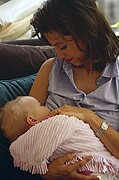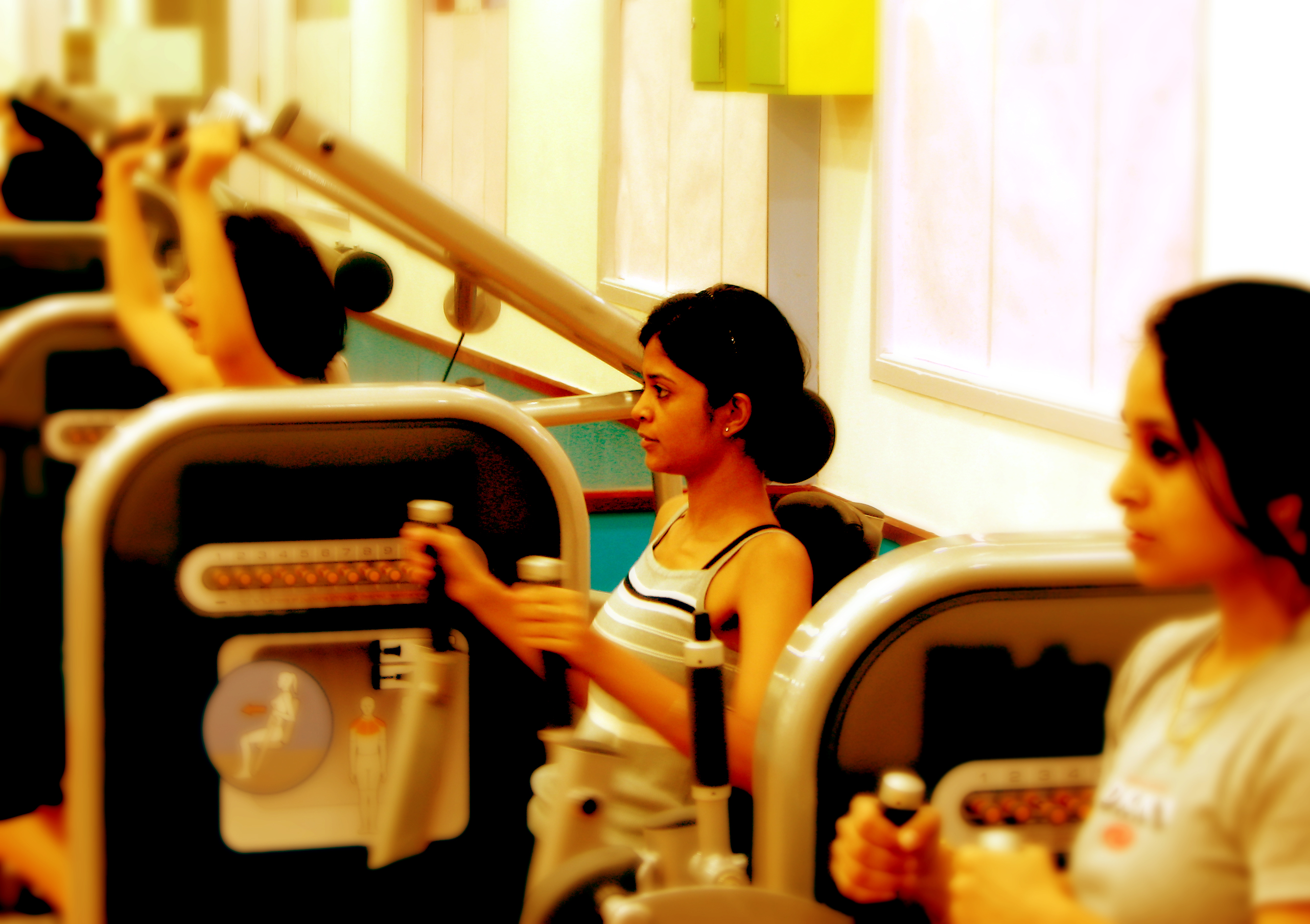
THURSDAY, Oct. 10 (HealthDay News) — Women with breast implants shouldn’t worry that breast-feeding will cause sagging, according to a new study.
Many women worry that breast-feeding could change the appearance of their breasts, “particularly after they invested in a breast augmentation,” said study author Dr. Norma Cruz, a professor of plastic surgery at the University of Puerto Rico School of Medicine in San Juan.
The study of nearly 120 mothers with breast implants found that breast-feeding was not a significant risk factor for breast sagging. “Women are free to breast-feed without the concern of affecting the appearance of their breast augmentation,” Cruz said. Since nursing is beneficial for a mother’s and child’s overall health, it’s important to convey this message to new mothers, she said.
Another study in women without breast implants also showed breast-feeding was not a significant risk factor for breast sagging, she added.
The results of the new study were scheduled for presentation Thursday at the meeting of the American Society of Plastic Surgeons, in San Diego.
Dr. Jeffrey Salomon, an assistant clinical professor of plastic surgery at Yale University School of Medicine, said breast implants do not interfere with a women’s ability to breast-feed. The implants are placed under the breast gland, either above or under the pectoralis muscle, he said.
“There is no disruption of the breast gland or the milk ducts to the nipple in either instance,” Salomon said.
The most common cause of sagging breasts are breast changes after pregnancy, Salomon said. “These changes are related to the diminished production of the hormones that enlarge the breasts during the pregnancy,” he said.
During pregnancy, breast tissue is engorged and expanded. After childbirth, the levels of these hormones are vastly reduced and the breasts deflate, resulting in sagging, Salomon said.
For the study, Cruz compared changes in breast measurements of 57 women with implants who breast-fed for more than six months on average with 62 similar women who didn’t breast-feed. Measurements were taken before pregnancy and one year after pregnancy or one year after completing breast-feeding.
Cruz found no significant changes in these measurements or in sagging between women who did or didn’t breast-feed.
Although breast measurements and sagging did increase, this was because of changes related to pregnancy, not nursing, she said.
“This study should be comforting to women with implants who decide to breast-feed, and they should rest assured that their risk of postpartum sagging breasts is not significantly different than the degree of breast sagging in breast-augmented women who do not elect to breast-feed,” Salomon said.
Findings presented at meetings are considered preliminary until published in a peer-reviewed medical journal.
More information
For more information on breast augmentation, visit the American Society of Plastic Surgeons.
Copyright © 2025 HealthDay. All rights reserved.

